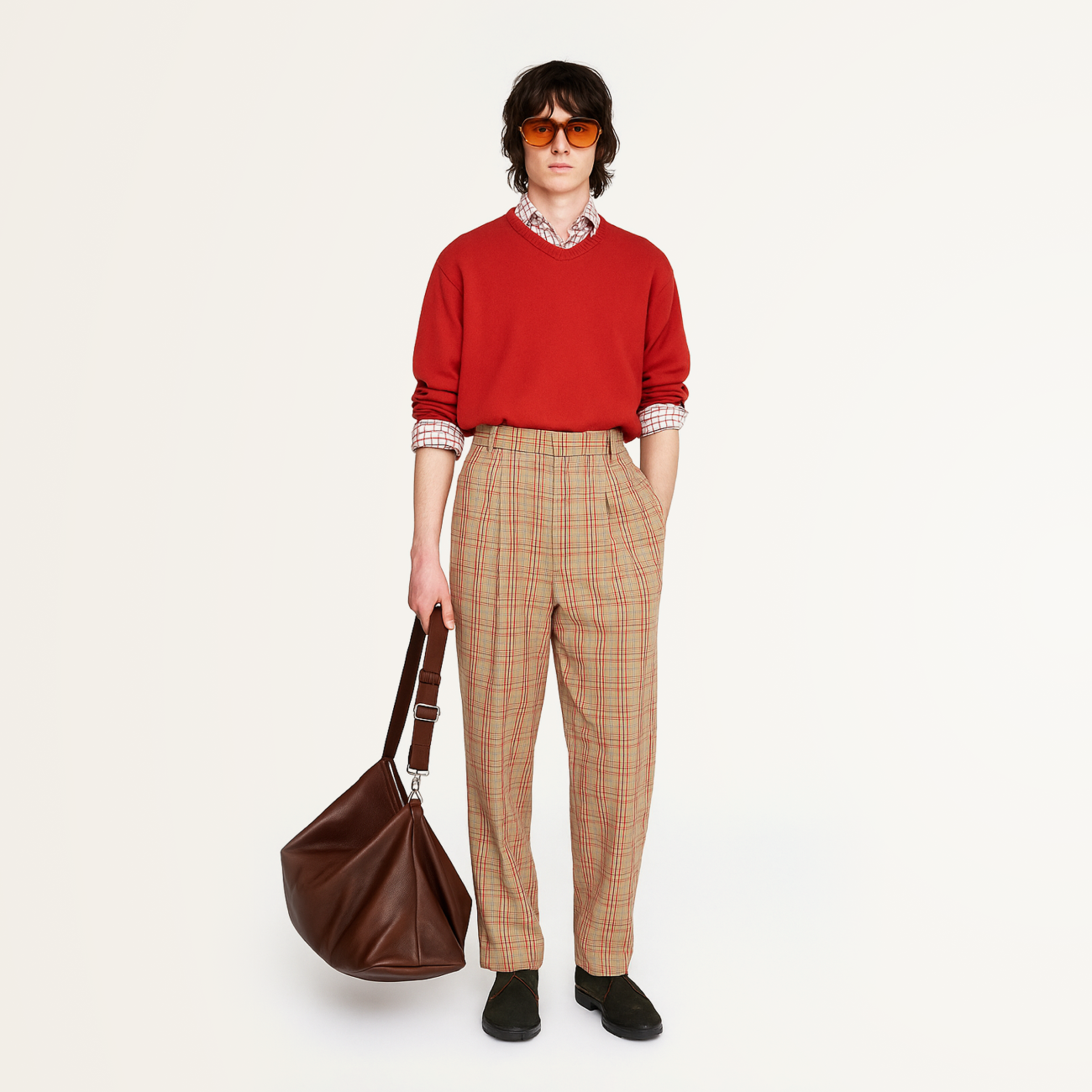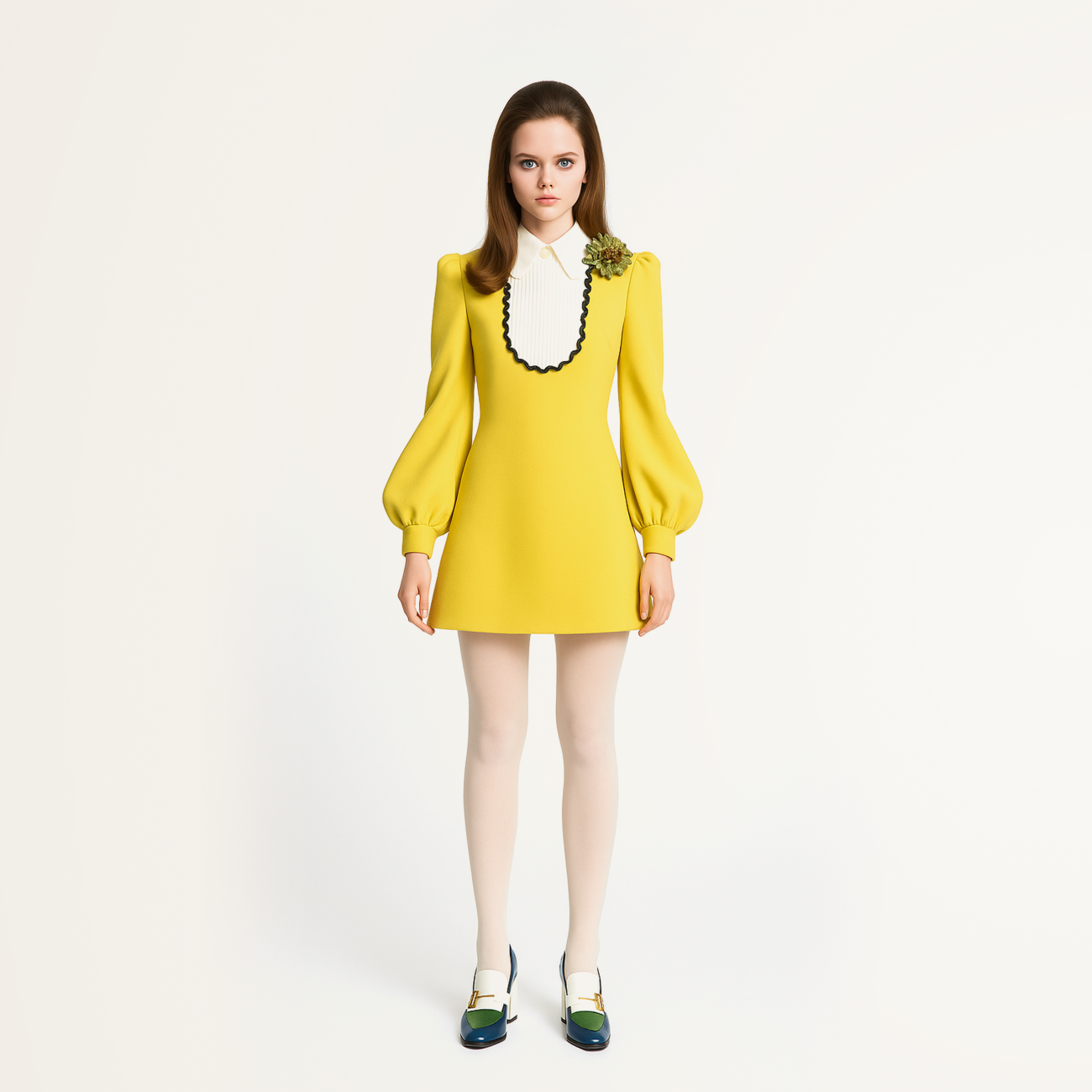Mod
Mod Style is the embodiment of a desire for novelty, freedom of self-expression, and youth. It emerged in the mid-20th century among British youth as a cultural protest against conservative norms of the time. The Mods (short for modernists) challenged established traditions and dreamed of a future where people could look bold and fresh, regardless of social status. Their style reflects a pursuit of individuality and independence, with an emphasis on sharp visuals and creativity in fashion.
History
The Mod Style originated in Britain at the end of the 1950s. The younger generation of the time sought a way to express themselves outside the conservative framework imposed by post-war society. After the economic hardships of the war years, Britain was undergoing a revival, and youth were striving for change, drawing inspiration from jazz and a newfound freedom of self-expression. The name \
Signature elements of the style
Color palette
Mod does not shy away from color. Its palette features plenty of white, black, and bold hues (red, blue, green), often in high-contrast combinations. Clean, bright colors and blocks draw attention and emphasize the geometric nature of the silhouettes.
Prints
Classic geometric patterns are the essence of Mod style. Stripes, checks, and polka dots dominate, along with optical prints that play with perception and add a sense of movement to the look.
Textures
Materials are often glossy and smooth — vinyl or patent leather, for example — creating a futuristic feel. Classic fabrics like tweed and wool are also used, adding a touch of retro chic to the ensembles.
Cuts & silhouette
The key features of Mod tailoring are sharp, clean lines and graphic precision. Straight, streamlined silhouettes, short skirts, slim trousers, and A-line dresses all define the style — flattering yet comfortable, practical, and movement-friendly. High waists and baby-doll style dresses also play a significant role.
Wardrobe essentials
- Mini Skirt: Invented by Mary Quant, the mini skirt became a symbol of female independence and boldness — a must-have in any Mod wardrobe.
- A-line Dress: With clean lines and a minimalist cut, it emphasizes independence and highlights the style’s geometric and graphic aesthetic.
- Cat-Eye and Round Sunglasses: Add retro charm and draw attention to the face.
- Footwear: Loafers, Chelsea boots, white platform boots, round-toe pumps, and ballet flats. Footwear should be comfortable, simple, and stylish.
- Knee-High Socks and Colored Tights: Add playful, youthful accents to the look.
Substyles
- Neo-Mod: A modern interpretation of the Mod style that blends classic elements with current trends. Think vinyl coats and dresses with optical prints, skinny jeans, platform boots, and softer color palettes.
Email: support@belt-app.com


















